Author: Irfan Agus Nugroho
AchivementsNews ReleaseStudent Activities Monday, 22 July 2024
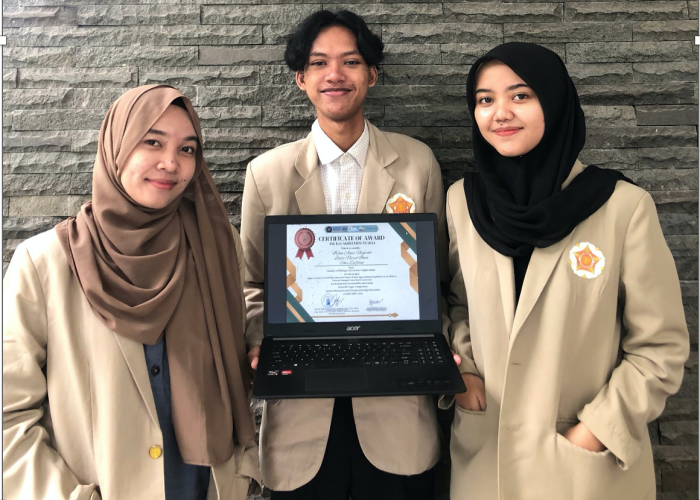

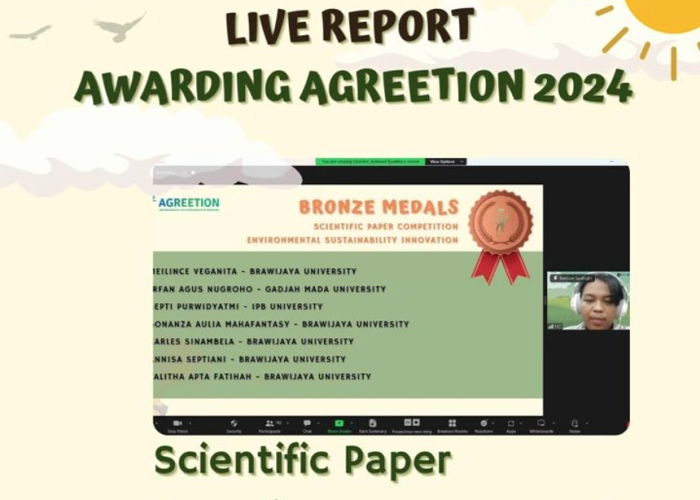
Author: Irfan Agus Nugroho
AchivementsNews ReleaseStudent Activities Monday, 22 July 2024
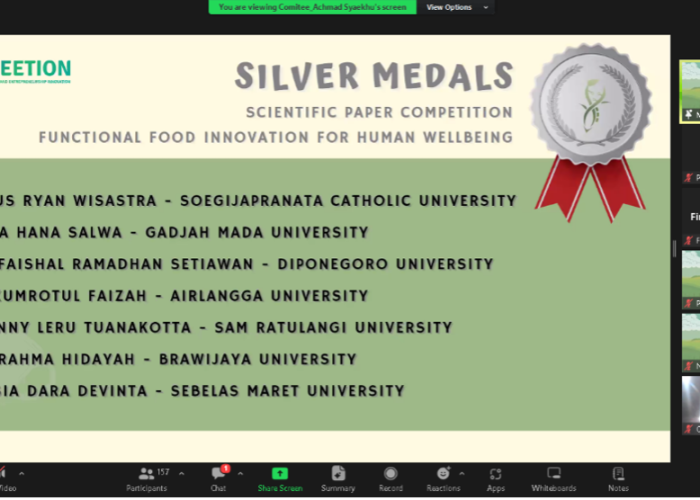
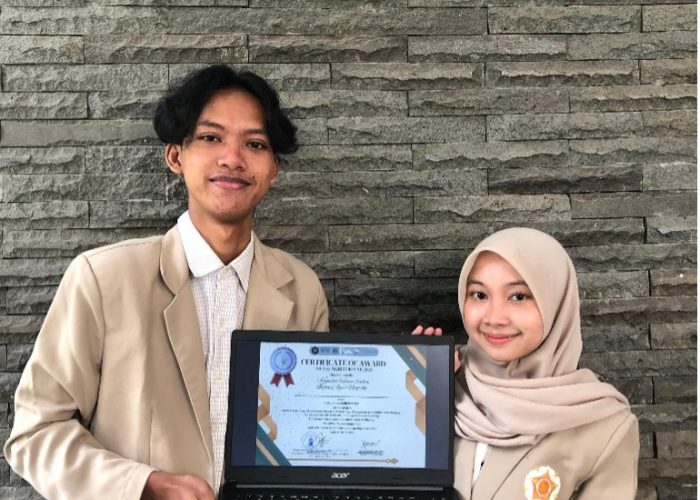
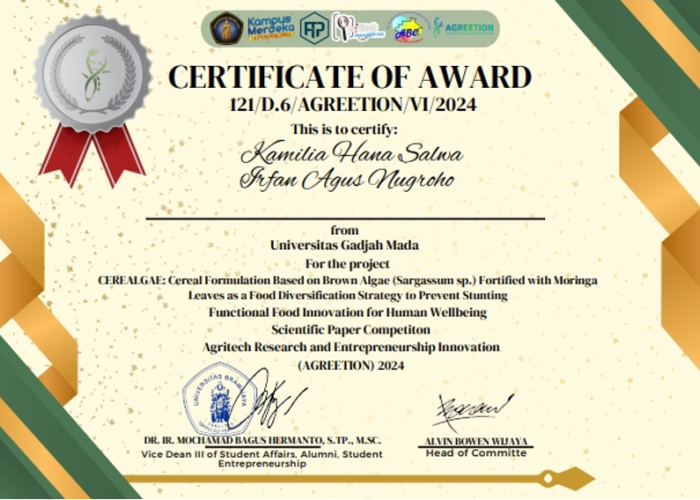
AchivementsNews Release Saturday, 20 July 2024



AchivementsNews ReleaseStudent Activities Thursday, 18 July 2024
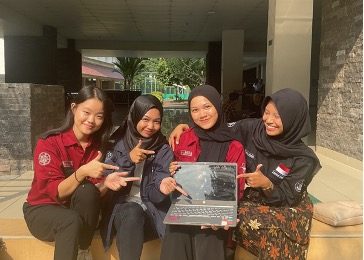
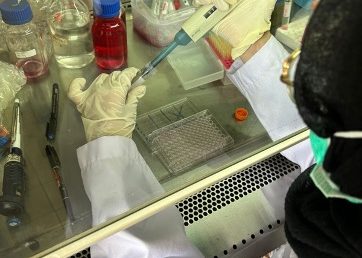
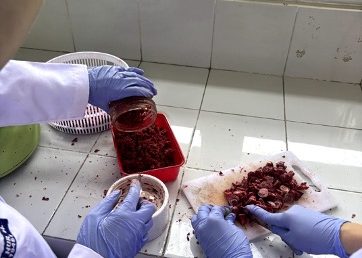
AchivementsNews ReleaseStudent Activities Thursday, 18 July 2024



AchivementsNews Release Thursday, 18 July 2024
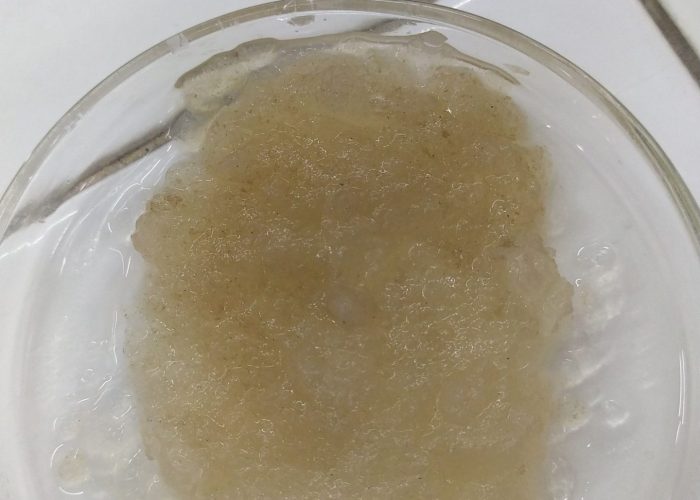
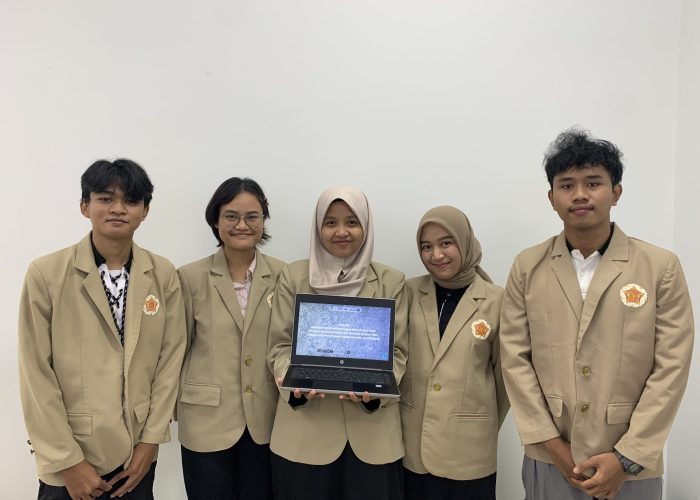

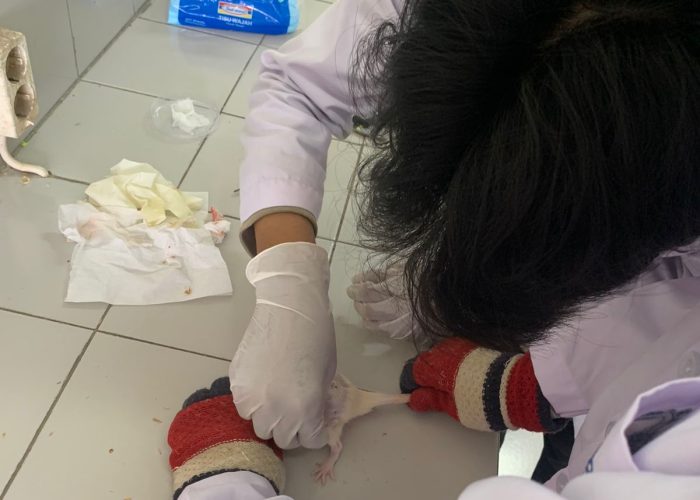
AchivementsNews ReleaseStudent Activities Thursday, 18 July 2024




AchivementsNews Release Monday, 15 July 2024

AchivementsNews Release Tuesday, 9 July 2024

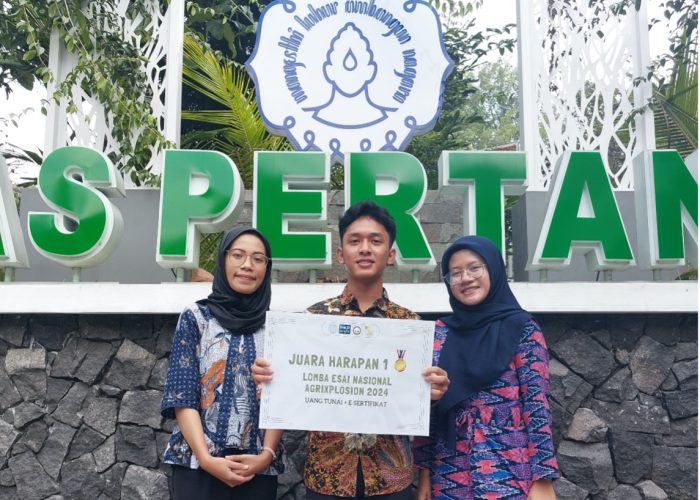
[Authors: Azra Belva Naprilian and Kotimah]
Achivements Wednesday, 3 July 2024
Yogyakarta, July 1, 2024 – A team of students from the Faculty of Biology at Gadjah Mada University has achieved remarkable success by winning 3rd place in the CEWAMA Research Competition organized by the Indonesian Aviation Polytechnic Curug. This national competition ran from May 29 to June 25, 2024, for the scientific writing phase and concluded with final presentations on July 1, 2024.
The team, named “ALNOCO” (Algae Non Carbon), consists of K. William Hendri Panjaitan (class of 2021), K.H. Mahadhevy Ryrathna Vidhantyka (class of 2022), and Aqil Muhammad Hafiz (class of 2021). Under the guidance of Dr. Eng. Thoriq Teja Samudra, M.Sc., and Dr. Eko Agus Suyono, M.App.Sc., they presented a paper titled “INNOVATION OF POME AS A MICROALGAE (Neochloris oleoabundans) SUBSTRATE FOR DIVERSIFICATION OF RENEWABLE AND ENVIRONMENTALLY FRIENDLY AIRCRAFT FUEL DERIVATIVES.”
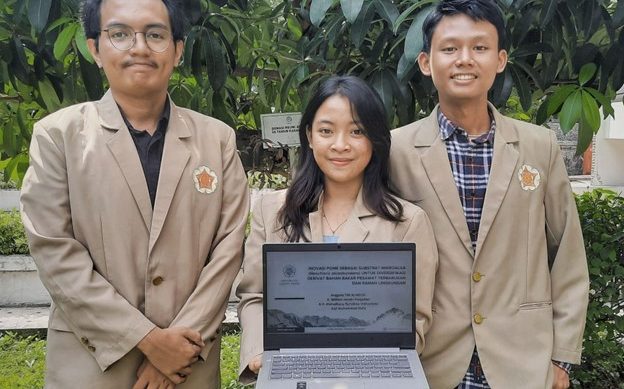
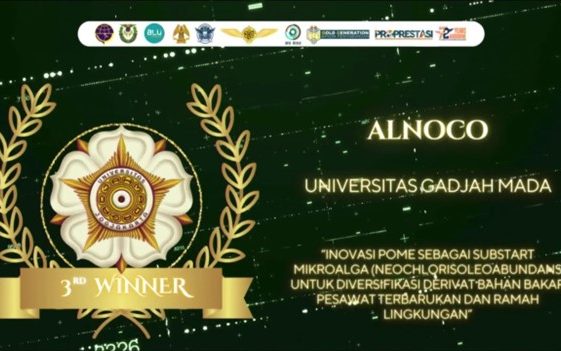
In their work, the ALNOCO team addressed the issue of alternative bioavtur from microalgae biomass by utilizing waste POME (Palm Oil Mill Effluent) as a growth substrate. The biomass of N. oleoabundans, which is rich in lipid content, can be used as an environmentally friendly and renewable alternative for aircraft fuel. The growth and lipid content of N. oleoabundans are influenced by various factors, including optimal nutritional content (N:P:C). POME waste provides the necessary N:P:C levels for N. oleoabundans to grow and accumulate lipids in its cells.
This innovation has significant potential to support environmentally friendly bioavtur production before 2030, with the support of all parties involved in the next stages of testing, including preparing a roadmap for commercialization, However, further discussion is needed to optimize the growth of microalgae in POME waste and extract lipids for making aircraft fuel that minimally pollutes the air. Additionally, the use of microalgae and POME as alternative options has been proven to be safe to process, fulfilling the need for a clean energy transportation system, which will positively impact the environment.
The competition was attended by 56 teams from various universities across Indonesia. The achievements of the ALNOCO team demonstrate their commitment to developing innovative and applicable research. This success also showcases the Faculty of Biology at Gadjah Mada University’s ongoing efforts to contribute to the development of sustainable science and technology, aligning with UGM’s SDGs goals in the renewable energy field.